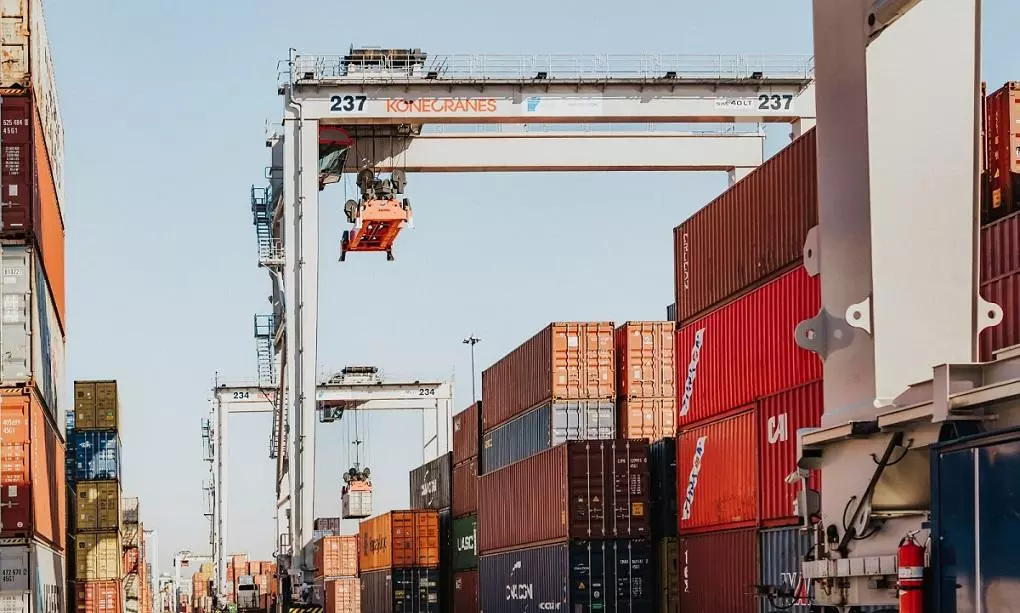Port of Savannah spends $170mn to add 55 hybrid yard cranes
New cranes to produce 50% lower emissions, save $1.6 million annually in fuel purchase

The Georgia Ports Authority (GPA) has agreed to spend $170 million on 55 hybrid-engine rubber-tired gantry (RTG) cranes to outfit the Port of Savannah’s ocean terminal as it is redeveloped into an all-container facility.
The hybrid machines will exclusively operate off electric battery power with diesel generators running only to recharge batteries, says an official release. "This will reduce fuel consumption by an estimated 47 percent compared to all-diesel machines. Per year, that is a reduction of 8,800 gallons of diesel per crane or nearly 500,000 gallons annually across the ocean terminal fleet. This will result in a fuel purchase savings of more than $1.6 million per year at current rates."
Griff Lynch, Executive Director, GPA says: “This significant investment in new equipment will help prepare the Port of Savannah to handle more ships and cargo while maintaining the world-class service our customers have come to expect,” says “These new machines will expand our capabilities, operate at lower cost and leave a smaller carbon footprint than conventional diesel cranes.”
The new cranes reduce emissions by half compared to conventional diesel cranes. At an annual average of 4,000 operating hours per RTG, the hybrid engines will avoid yearly emissions of 127 tonnes per crane, or nearly 7,000 tonnes across the 55-RTG fleet.
“With every infrastructure expansion, the Georgia Ports Authority seeks to ensure its operations progress toward improved long-term sustainability,” says Joel Wooten, Chairman, GPA. “Economic development, environmental stewardship, governance, and employee and community engagement are all important facets in that effort.”
The gantry cranes will use special “whisper” movement alarms that sound like static, rather than the typical three-tone alarms. The whisper alarms don’t penetrate long distance but do provide safety for nearby personnel, effectively making the machines quieter and reducing noise emissions. The combination of hybrid power and quieter alarms will help control the sound of operations for neighbouring communities. The new cranes can work stacks that are six containers high and seven wide – one container wider than GPA’s current largest RTGs. Wider stacks mean fewer rows and a denser, more efficient use of space, the release added.



